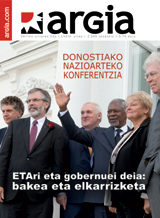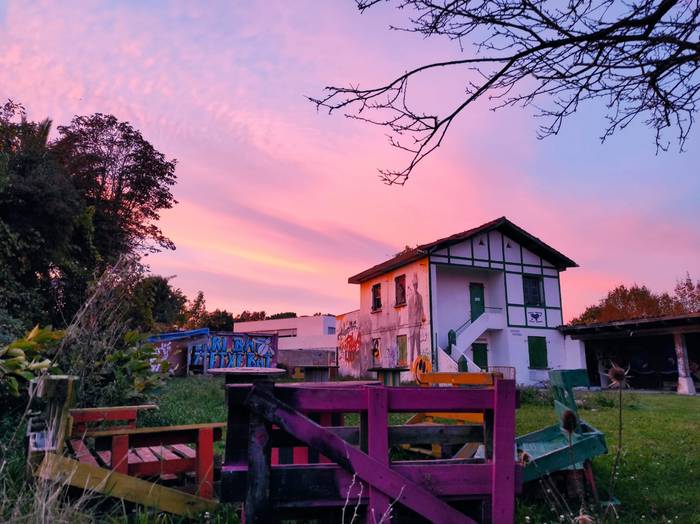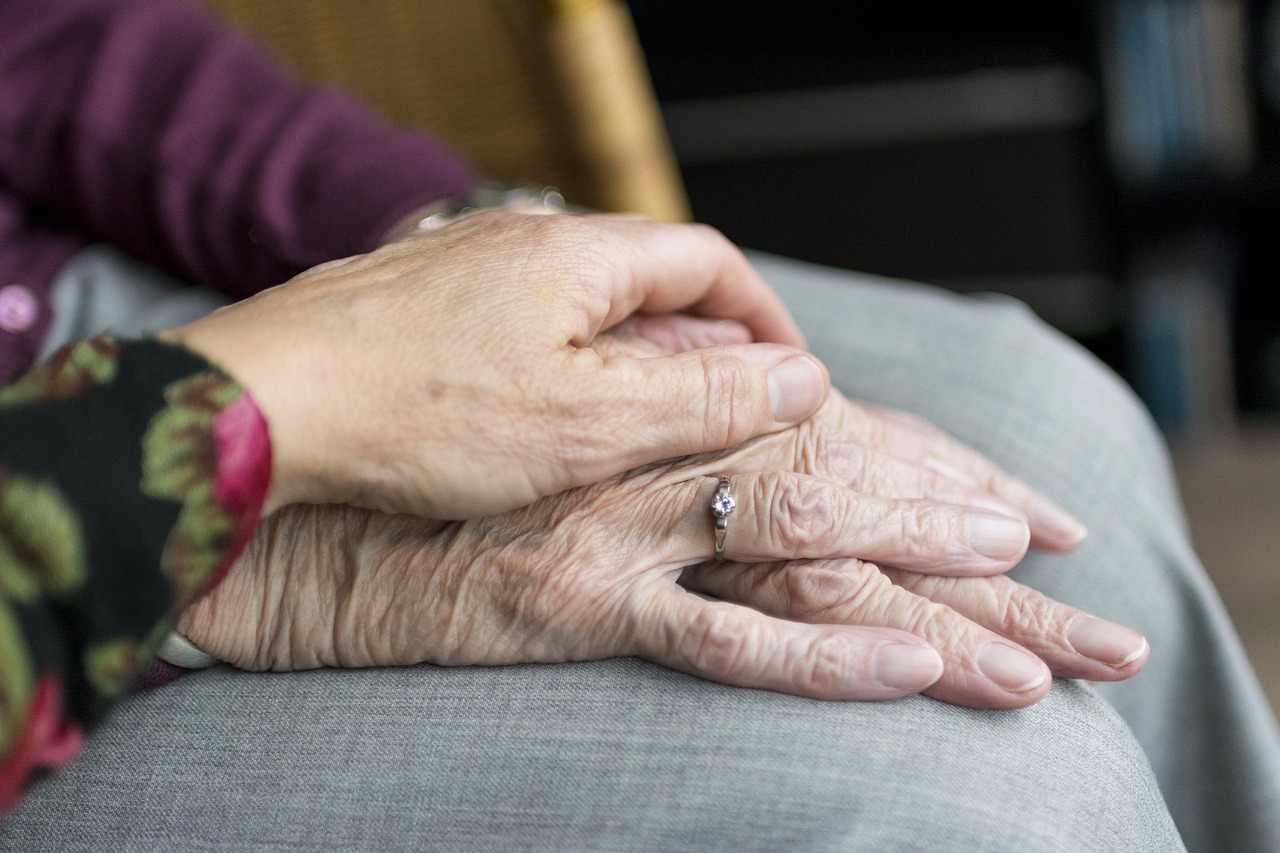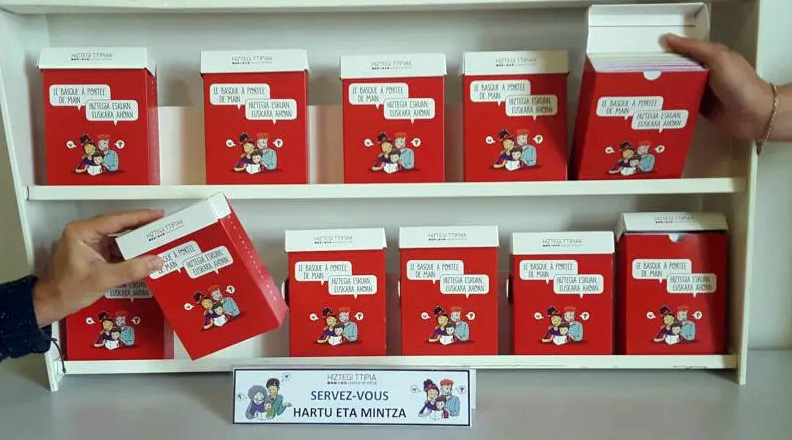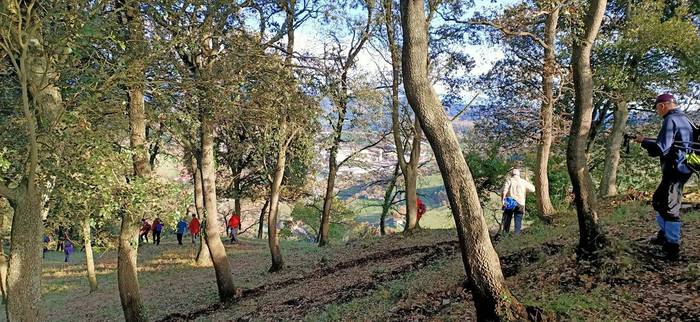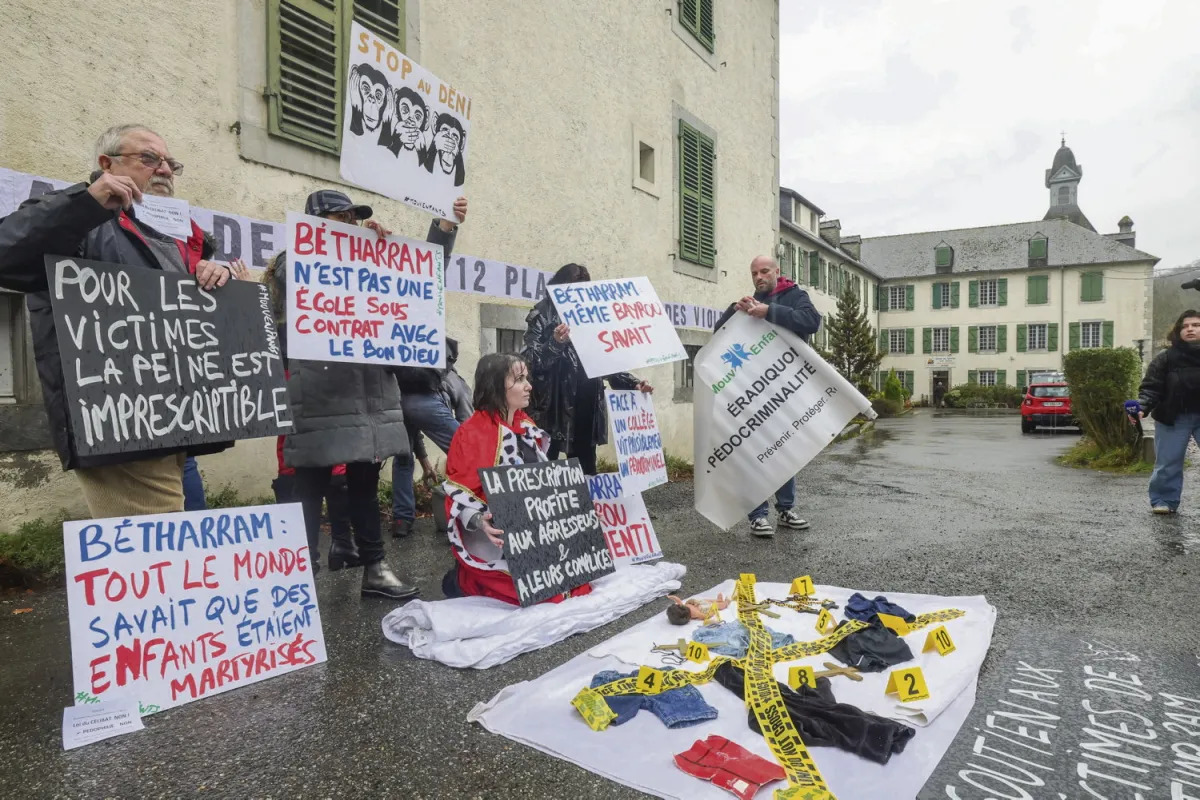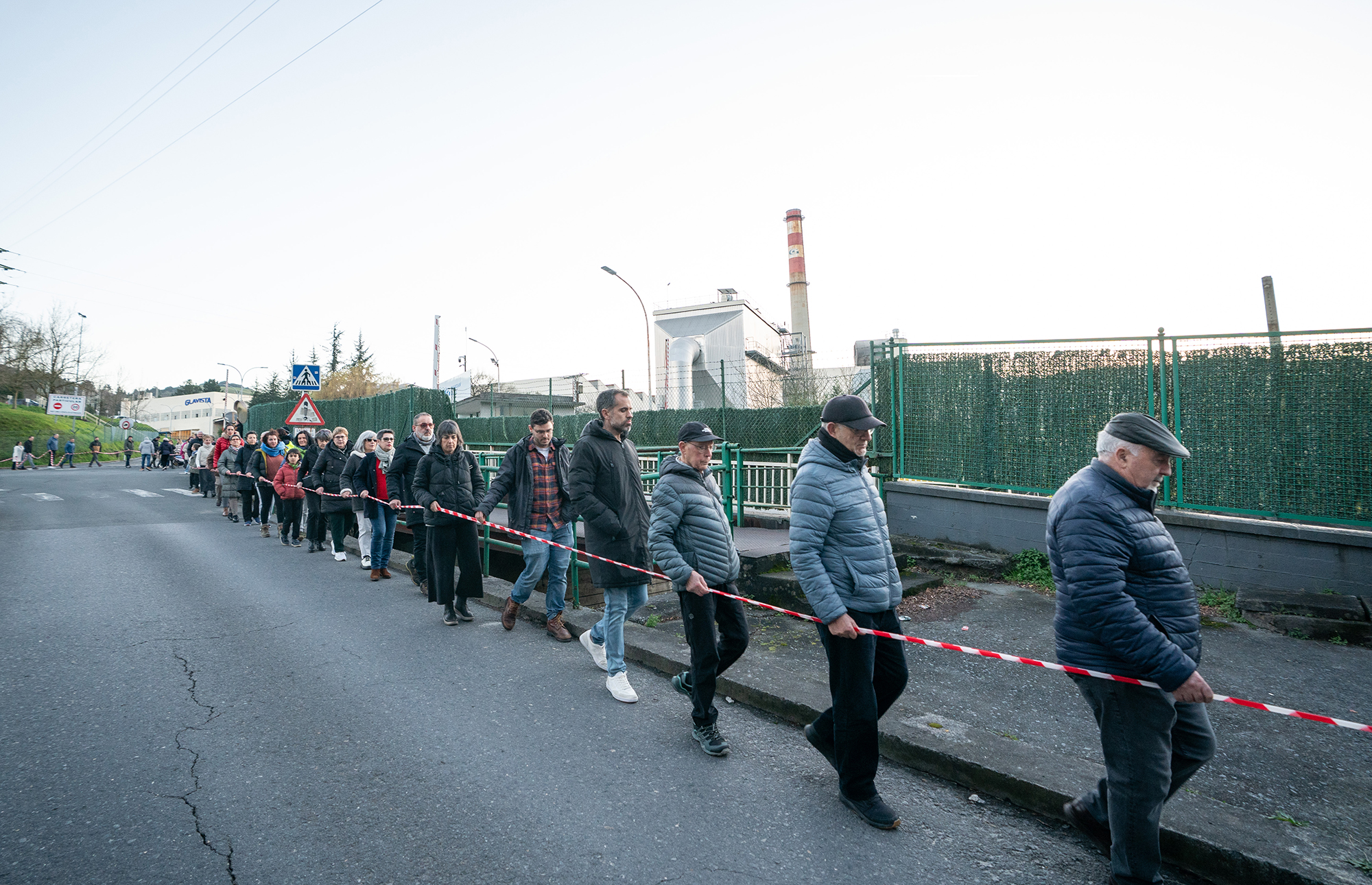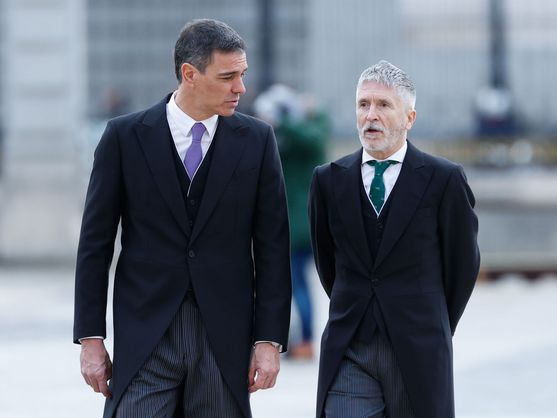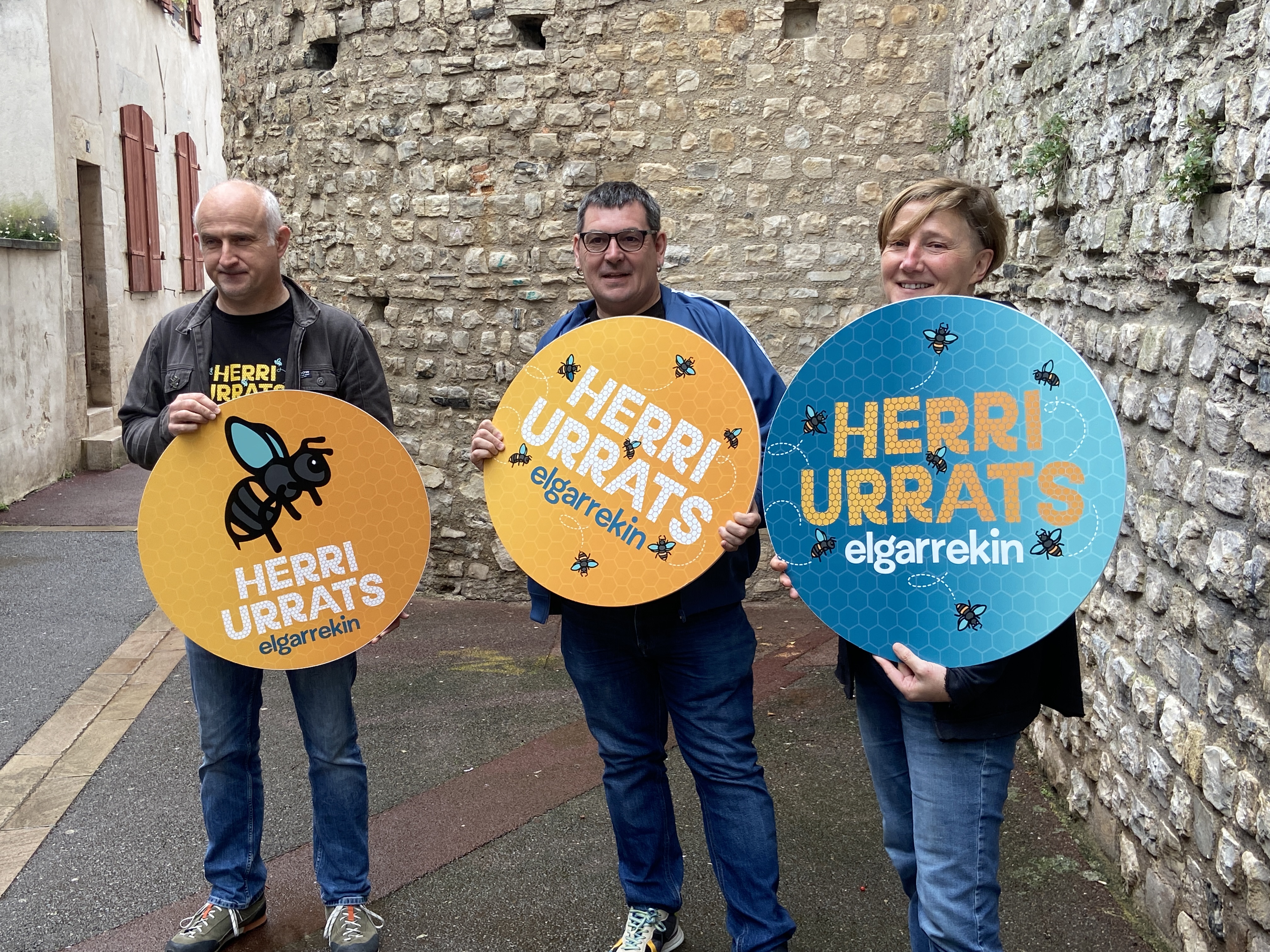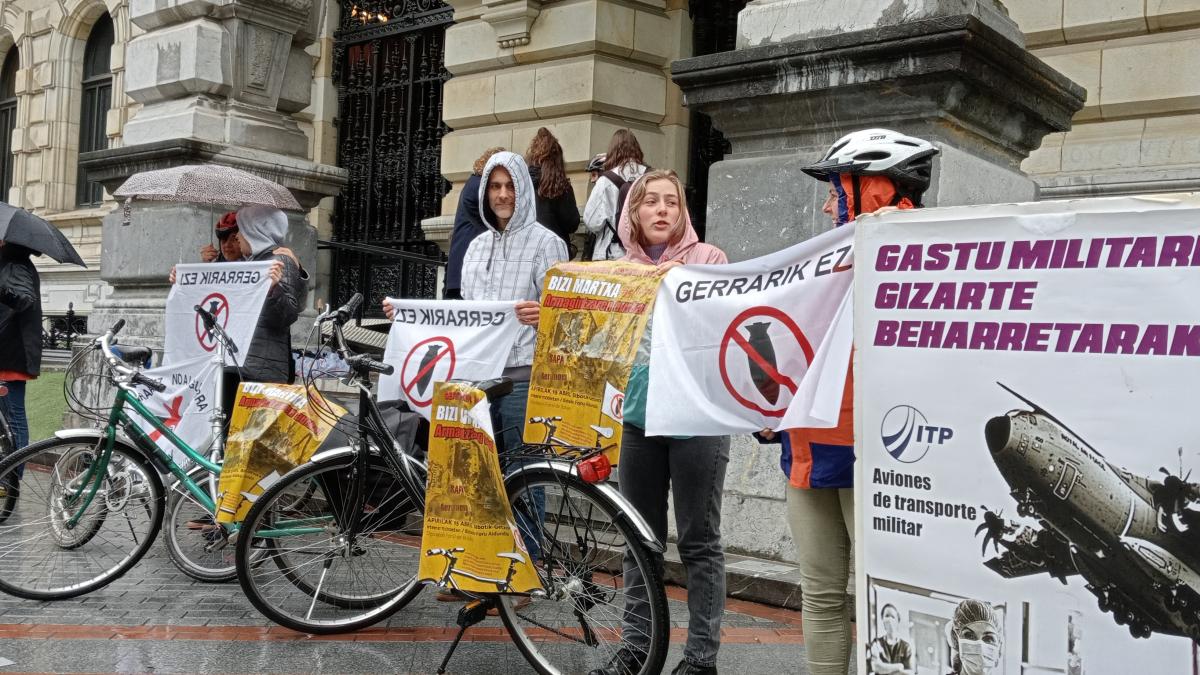"I do journalism to put information in order."
- On 27 June 1960 a bomb broke out at the Amara train station in Donostia-San Sebastián. The device has injured six people and has been intervened in a variety of ways. The following day, one of them died, Begoña Urroz, a 22-month-old boy, from Lasarte-Oria and from Hernani. In the most interested mouths of many Spanish politicians, “the first victim of ETA”. Journalist Ainhoa Oiartzabal investigated the case and launched an investigation into the painting. At the Rikardo Arrangi Awards he received the special prize from the jury Who killed Begoña Urroz? great reports.
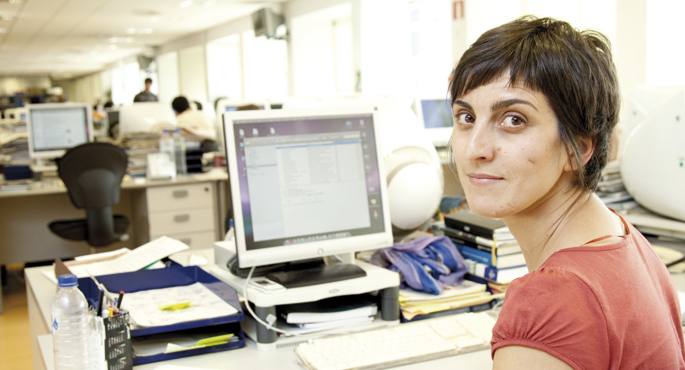
Special Jury Award for Special Report.
Yes, it is not usual to do this kind of report. At least in ours. We started working with the date of publication. We thought it was important not to fill the paper, to write something new, or to say, and to throw all the bulls. We couldn't throw away all the goats, or not as much as we wanted, but we drank from many sources. When we finished, I was happy. And also when it was published. Then, when we picked up the prize, we put the sour on the work we did.
“The first one killed by ETA.” They say. Your report shows something else.
We're not the first to say it wasn't ETA. Jose Felix Azurmendi once wrote this in Deia, in his review article. In El Diario Vasco, another historian also realized this. Garan, Iñaki Egaña also had a couple of written reports. There was something, then. We are not starting from scratch. It wasn't our first. The idea of Martxelo [Otamendi] was to write a report, gather information, gather the words of those who say it was ETA and those who say no, analyze their arguments… We went to the sources, collected the opinions and contrasted them. That's what we did. For example, José Antonio Pagola, Ernest Lluch, collecting what he and he told us, which was ETA, which was not, which was DRIL… We tried to go to the sources. The arrival at the heads of the DRIL was, for example, more difficult.
First he ordered the information until then…
And to analyze the arguments about authorship. And the surprise, because ETA was the one that didn't appear anywhere. We have lived in a lie. Yes, the Congress of Deputies has said so, but, incidentally, there is no Spanish police report, nor the Department of the Interior, showing that ETA existed.
How much time did you spend on this report? It was published in February.
We started in November. It was the day of the victims in the Parliament of Vitoria-Gasteiz. By then we already wondered if the name of Begoña Urroz appeared, and soon we were beginning to investigate who was in ETA at the time of the explosion of Amara, who were the DRIL… It was a two-and-a-half month work, in which I had the help of Martxelo, because otherwise I could not get many interviews, and the report was going to be bad enough. I was also very helped by the Catalan journalist Xavier Montanya. He's already written a book about the DRIL, and when I called him, he didn't hesitate. He told me that Amara's explosion was also DRIL, like the others that happened that day. Montanya received the statement by telephone through Victor Velo, the son of the leader of the DRIL, who refused to negotiate. But the paper is missing! Montanya helped me generously. And for example, he bought me the newspaper archive Le Monde. On a Saturday, at seven o'clock in the afternoon, I called by phone. It was Xavier Montanya, from Paris: “I have it here!” It was Le Monde's newspaper library. For his part, Montanya had interviewed members of the DRIL, but they had never told him that they had placed the device themselves in Donostia-San Sebastián. The DRIL issued a statement on the attack in the Venezuelan press, and despite all the efforts made, we were unable to obtain that document. It is our pity. In fact, in that document DRIL assumed half a dozen explosions that occurred in the Spanish State during those days [26, 27 and 29 June]. The two deaths in Donostia-San Sebastian, in addition to the Amara train station, also in the North station, where another bomb also exploded. And another one in Bilbao, the one in Atxuri.
In the most interesting and surprising data of the Amara attack, a very curious one: among the wounded, a 15-year-old boy, Valerian Bakaikoa, professor of Applied Economics at the UPV, Baleren!
His name appeared as we studied the newspaper library, Valerian Bakaikoa Azurmendi. “This is Baleren!” Martxelo said. And so it was! Baleren told us what he heard at the time, and how he was surprised when he heard the version that followed, which was ETA’s first. Thus, we complete the report here and there.
There are many goats, several sources, several witnesses… However, there are people who have not been able to arrive, who have failed you.
Yes, we were denied, yes. Those who were in ETA in the 1960s, those who created ETA, and those who have later been very critical of it, those who have strongly condemned it. We wanted to take their view because, despite their attitude towards ETA, we wanted to clarify this fact. If that were not enough, we were able to talk to Mikel Azurmendi, and we are very grateful for having talked to each other. At that time it was not ETA's, it came later, but he clearly told us that he had never heard that ETA was the one who committed the attack and did not even believe it. We turned to others, but they didn't want to say anything, or they didn't know. His words would make the version that ETA was not, even more credible, but on that.
The book of the City Hall of Lasarte-Oria dedicated to the victims of ETA bears the name of Begoña Urroz, as we gathered in the report. We waited for the words of the family, you did not go to them…
We walked, we called, we didn't call, but we decided no, because I had already given the version in the newspaper El País de Madrid. The family says it was ETA. “We’re not going to start sokatira,” we said and decided to leave the family in peace. We don't even try. The family believes the version they believe and has the right to believe whatever they want. We wanted to collect the version of politicians, political leaders and other social decision-makers.
Several readers read the report enthusiastically, but there is also more than one who is astonished. The trial of the Baiona rugby team Avyron produces more media noise than the show that the first ETA attack was not ETA.
Yes, we have that grief. I also said it when I received the prize, unless it was misinterpreted. It seems that all this remains among the Basque readers, which does not spread. They don't read us, and that's the problem. Worse still, they don't take us into account, they might read us. That makes you feel like a second-level journalist, and even a second-level citizen. The truth is that the report has had no consequences. When the anniversary came, on 27 June, and the Day of the Victims of Terrorism in Madrid, I was waiting, one thing or another, but not much. It was the second year of the day, but it did not have the weight of last year. So, I don’t know what value they give a day, the victim… As far as my work is concerned, I thought they don’t give him any value. It is only politics that are at stake, they do not take account of our work. This is not the first time we have seen it.
Who killed Begoña Urroz? Is reporting going to be a good example of investigative journalism?
I don't even know if it's an investigation. I'd rather say I've done a journalism to sort the information out. I don't even know how to define the report. I remember the puzzle. Complete the pieces and try to chain them. Others would also use those pieces, but the puzzle that formed it had a different shape, it was different… cheating! In one, I did not mention DRIL, in El País; in another, I ordered things wrong... My job has been to order the pieces correctly. Research? I don't know if I brought something new to the question. Well, bring those of the DRIL to the plaza, yeah, because no one had done that job before. In case of investigation, ask the police! I don't know. Or maybe that's what investigative journalism is. The order of the pieces has, however, been my priority, I have tried.
How many such jobs could be done per year?
Good question! I told Martxelo: “This and not more!” Ha, ha, ha. But rest and within a moment is the worm inside you: “Maybe…”. I also made a report on the anniversary of the murder of Yoyes. It wasn't an investigation, but it was a piece order. This work demanded that I should not stop insisting on the subject. It wasn't just filling the paper, it's not a filling. I tried to penetrate the inside of that murder to try to explain what had happened to him. How many such jobs could be done in the year? Not very much. You have to dedicate time to the subject and continue working, supporting yourself, because it happens that something is “discovered” and agitated, and that you want to publish as soon as possible… No. You have to relate it, take it, leave it…, although that also involves wear and tear. Sometimes you don't even know what you're counting. This kind of work, once, twice a year, nothing else.
Are they individual research jobs or do you have teamwork?
I prefer to do it alone, without giving up contrasting with this and with that. Anyway, in order to organize the information collected and to write it – after all, our job is to write – it is better alone, the tone will also match, a single style will appear. But it’s good to have someone next to you who helps you put your feet on the ground, helps you when you lose, gives you strength to follow…
She's done journalism studies in college. Did you learn how to write things like this, how to organize them?
Study in the Faculty? Most of us have learned it here, before in Euskaldunon Egunkaria, and now in Berria. Working and reading. We have had Andrés Gostin here as a professor. He is now a professor at the University. It was he who taught us simplicity. “You have to write what you would like to read,” he said. If you're a reader, you'd like to read. “Put yourself in the reader’s skin, be yourself a reader,” it’s not about what to write for another, that is, for the reader, but rather looking for what one wants to read. That's being a journalist, curious, critical, thinking, creating puzzle ...
Transparent Beings
When: April 20th.
In which: In the Plaza of the Castle of Pamplona.
-----------------------------------------------
The concert is only half an hour away in the Plaza del Castillo de Pamplona; but it is still half empty, because it is raining. Whether... [+]









